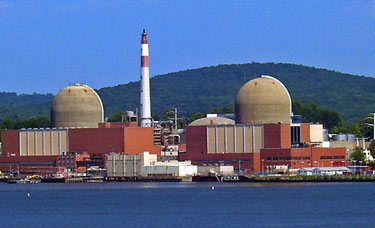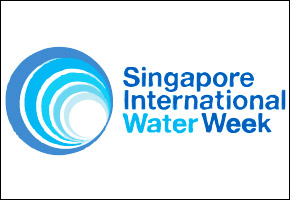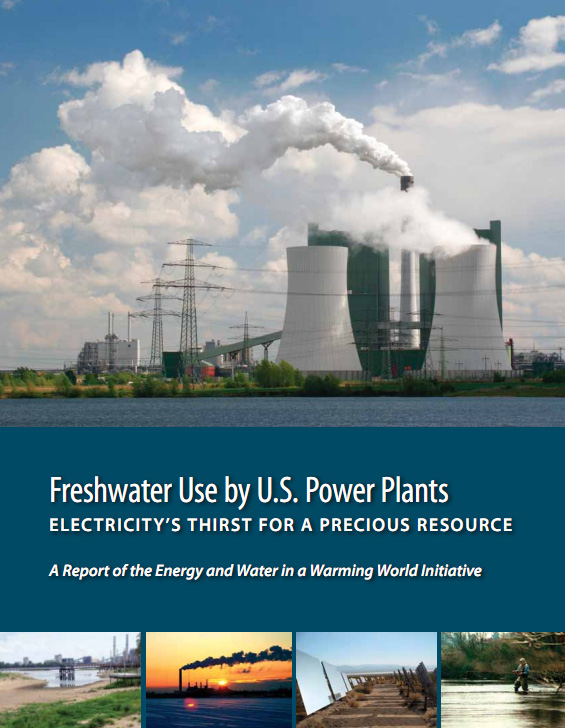Peter Gleick: Water and Energy – Obey the Law on Cooling Systems
The connections between energy and water are significant and complex. We use vast amounts of energy to collect, move, treat, use, and clean water. And we use vast amounts of water to produce energy, including for mining, drilling, and processing fossil and nuclear fuels, and especially for cooling power plants. One technology in particular has long been known to use huge quantities of water and cause equally huge environmental impacts on aquatic ecosystems and fisheries: once-through cooling systems (OTC).
OTC is simple: big thermal power plants, typically coal, oil, gas, and nuclear, suck in large amounts of water for cooling, use it once, and spit it out again many degrees hotter. The liabilities of OTC have been well understood for decades: when they bring water into the plants they kill fish and other aquatic organisms by the billions; when they pump out hotter water back into watersheds, they kill more. Because of OTC’s impacts, and because a wide range of other cooling options are available, federal and state laws have been on the books for years calling for OTC systems to be eliminated over time, as plant licenses expire.
At least ten different federal and California laws affect OTC systems, the most important of which is the Federal Clean Water Act. Others include the Warren-Alquist Act; California Environmental Quality Act; Porter-Cologne Water Quality Control Act; the Federal Coastal Zone Management Act and the California Coastal Act; McAteer-Petris Act; both the Federal and State Endangered Species Acts; and the Magnuson-Stevens Fishery Management and Conservation Act. In 2004, the US EPA published updated rules requiring cooling systems to reduce impingement by 80-95% and entrainment by 60-90% relative to a facility with minimal controls.
But hundreds of power plants till use OTC. California alone has over 20.
Water Number: 20 to 30 degrees. Last week, New York State refused to renew the OTC permit for the two-unit Indian Point nuclear plants on the Hudson River. Indian Point’s OTC system is notorious for killing huge quantities of aquatic organisms, and it returns water — 2.5 billion gallons a day — to the Hudson that is 20 to 30 degrees hotter than when it went in. Company officials complain that it would cost over a billion dollars to put in less damaging cooling systems; others say the cost would be far less. And these estimates of the “costs” of replacing the system do not include the “benefits” of reducing the environmental damage.

Operator of OTC systems cannot feign surprise or ignorance. Most have been operating under orders for decades to phase these old systems out. In truth, most operators of OTC systems have no intention of ever complying. Their standard operating procedure is to ignore the law, apply for exemptions, and hope that regulatory agencies will roll over in the face of threats to close the plants or raise rates. They’ve been given a pass for decades, permitted to operate environmentally damaging systems under various exemptions and rulings. For example, the EPA first told Indian Point’s owners to replace the OTC system in 1975 — over 35 years ago. And their Clean Water Act permits expired in the 1990s. Yet foot-dragging, license delays, and interim agreements permitted this, and other plants, to continue operate these damaging systems until, until, until, well, it seemed like forever.
That may be slowly changing with this ruling at Indian Point and with some other recent efforts to finally force cooling systems to be updated.
Knee-jerk conservatives are, predictably, lamenting this decision because it may raise electricity costs. Yes. That’s the point. Environmental damages are externalities, damages that companies impose on the public good: our rivers, lakes, air, land. As all economists know, the way to reduce environmental damages is to “internalize externalities.” Conservatives ought to be cheering. This is smart economics that will improve environmental quality, create jobs and clean technology companies, and reduce waste.
It’s about time to make these plants pay to bring their plants up to the standards of the 1970s. In fact, it’s 40 years past time.
Finally, some readers of this blog may recall that the Poseidon desalination plant at Carlsbad, California was designed to piggyback on the environmentally damaging OTC system at the old Encina power plant. Poseidon has been hedging for years about how they’d operate and at what cost, if the OTC system at Encina were finally forced to close (now not expected until 2017). And opponents of the desalination system fear that it will become the latest excuse to plead to keep the damaging cooling system in operation even longer. I think that’s a safe, and sad, bet.
Peter Gleick
Dr. Gleick’s blog posts are provided in cooperation with the SFGate. Previous posts can be found here.









